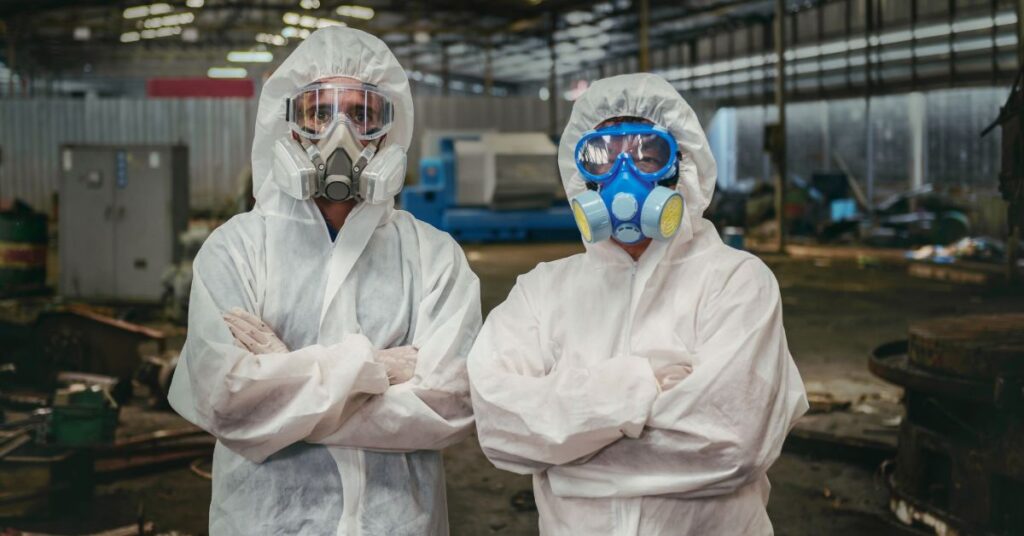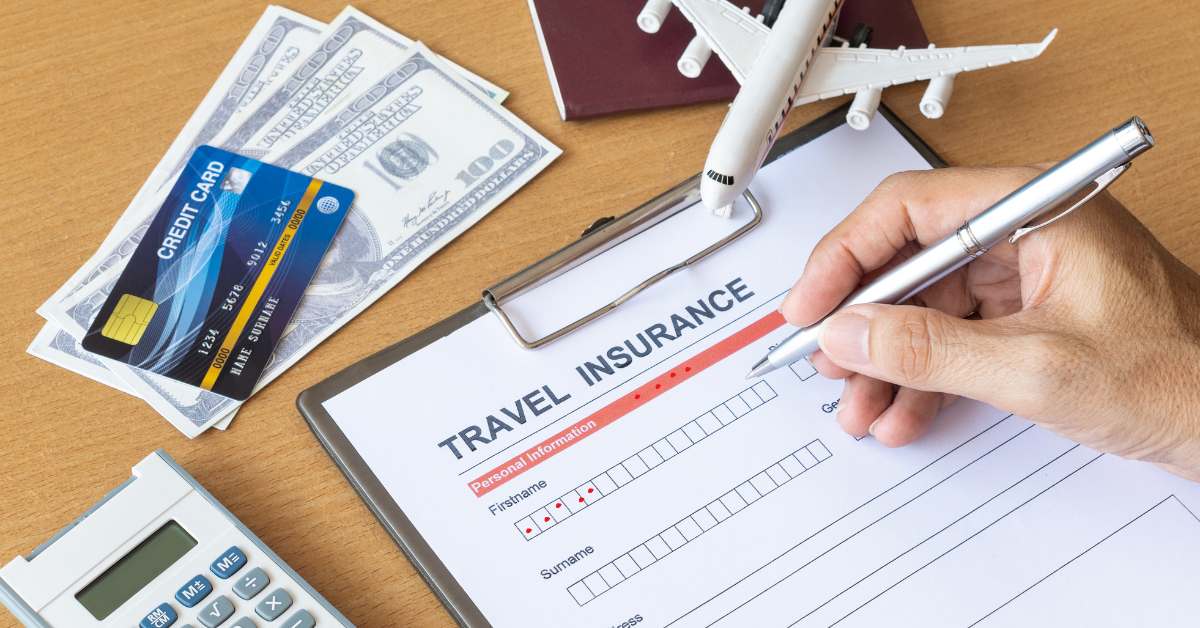There’s always something enjoyable about travel, yet we must be aware of and wary of potential health threats given recent events surrounding the Human Metapneumovirus (HMPV). Considering reports of cases across India, it is crucial to know what HMPV is, how it becomes spread and what travellers can do to protect themselves and others. We cover everything about HMPV, the latest cases in India, and travel tips for you to know how to handle the issue.
What is HMPV?
Human Metapneumovirus (HMPV) was first discovered in 2001 and is a respiratory virus from the Paramyxoviridae family of respiratory viruses, which includes respiratory syncytial virus (RSV) and parainfluenza viruses. HMPV can also wreak havoc on the respiratory system, with illnesses that range from mild to severe, just like a common cold. Cough, fever, nasal congestion, sore throat, wheezing, and breathing problems. More severe, it can cause bronchitis and pneumonia, particularly in children, the elderly and those with compromised immune systems.
Recent Cases of HMPV in India
Recent news carries that HMPV cases have been detected in India, with confirmed cases in Bengaluru and Ahmedabad. They were found through routine surveillance and monitoring by the health department. Though, it should be said that, while HMPV is an alarming fact, there has been no significant increase in respiratory illnesses due to the virus. Health officials said the cases that have been identified are within normal limits and were handled according to conventional medical procedures.
How HMPV Spreads
HMPV spreads by respiratory droplets produced when an infected person coughs or sneezes. You can even spread the virus by touching the surface that is infected with the virus and then touching the face, especially the eyes, nose or mouth. HMPV incubates for 3-6 days and you can be contagious before you feel the symptoms and during the symptomatic phase of the disease.
HMPV Travel Precautions
When you’re a traveller, there’s always something you can do to mitigate your chances of HMPV and other respiratory diseases. The specific precautions are listed below:
Practice Good Hygiene
Washing your Hands: Wash your hands frequently with soap and water for at least 20 seconds. Hand washing is the most efficient prevention of infection. If soap and water aren’t accessible, use at least 60% alcohol hand sanitiser.
Touch your Face: Do not touch your eyes, nose, and mouth with your unwashed hands to avoid introducing the virus into your body.
Wear Masks
Face Masks: In case you’re in a high-traffic area or a space with poor air circulation, a mask can keep you safe from breathing in respiratory vapors. Make sure the mask goes over your nose and mouth, and sits comfortably on the sides of your face.
Mask Protocol: Wash your mask regularly if it gets wet or dirty, and dispose of disposable masks responsibly. Wash your mask regularly — always follow the manufacturer’s instructions if you’re wearing a reusable mask.
Stay Informed
Health Warnings: Stay up-to-date on travel warnings and health warnings from authoritative agencies like the World Health Organization (WHO), Centers for Disease Control and Prevention (CDC), and local health departments. These institutions issue timely updates about epidemics and precautionary advice.
Travel Destination: Research your destination’s health status, including any suspected cases of HMPV or other respiratory illness, and consult local policies and guidelines.
Avoid Close Contact
Social Distancing: Stay at a safe distance from those exhibiting signs of respiratory conditions. Social distancing can also decrease the transmission rate in environments where close contact is inevitable.
Limit Exposure: Keep away from crowds and close encounters with other travellers on your travel party. : When possible, work out outdoors and in well-ventilated environments.
Get Vaccinated
Flu Shots: Ensure that you and your travellers receive flu shots as a rule, such as the flu shot during flu season. Although HMPV has no vaccine available, you can minimise your risk of severe infections by being protected from other respiratory diseases.
Vaccines for Travel: Depending on where you’re going, ask a healthcare professional about any additional travel vaccines recommended to travellers, such as those against hepatitis, typhoid or other local diseases.
Health Advisory for Travellers
Symptom Monitoring: Be on the lookout for HMPV and other respiratory disorders symptoms. If you or someone in your travel group suffers from a cough, fever, breathing difficulty, or weakness, go to the doctor right away.
Isolation and Reporting: Always heed health tips for isolation and case reporting. The health ministry in India has ordered hospitals to isolate suspected HMPV cases and report them so as not to spread them.
Hospitals: Know the address and phone number of the hospitals at your destination. Where to go for care when you’re ill can be life-saving during a crisis.
Conclusion
The proliferation of HMPV cases in India reminds us to be on our toes but, like the others, one should not be scared of travel and rather prudent. When travellers know what HMPV is, keep themselves clean, read health warnings and follow the recommended steps, there is a much-reduced chance of catching and transmitting the virus.
And remember, safety when travelling involves being prepared and anticipating. Be on the lookout, listen to health experts, and take care of your body and those around you. Safe travels and take care!
Hello I am Jyoti, I have been a constant travel writer for Trip Trek Tales. I love travelling and therefore, I wanted to contribute in this field. Travelling, writing and reading are the things that I love the most and this is the main reason why I started my career in writing.
At Trip Trek Tales, I am sharing the best information related to the field of travelling. All the information in the articles are after thorough research, personal experiences and knowledge. Hope you love my writings. Thank you. Have a happy travel!



